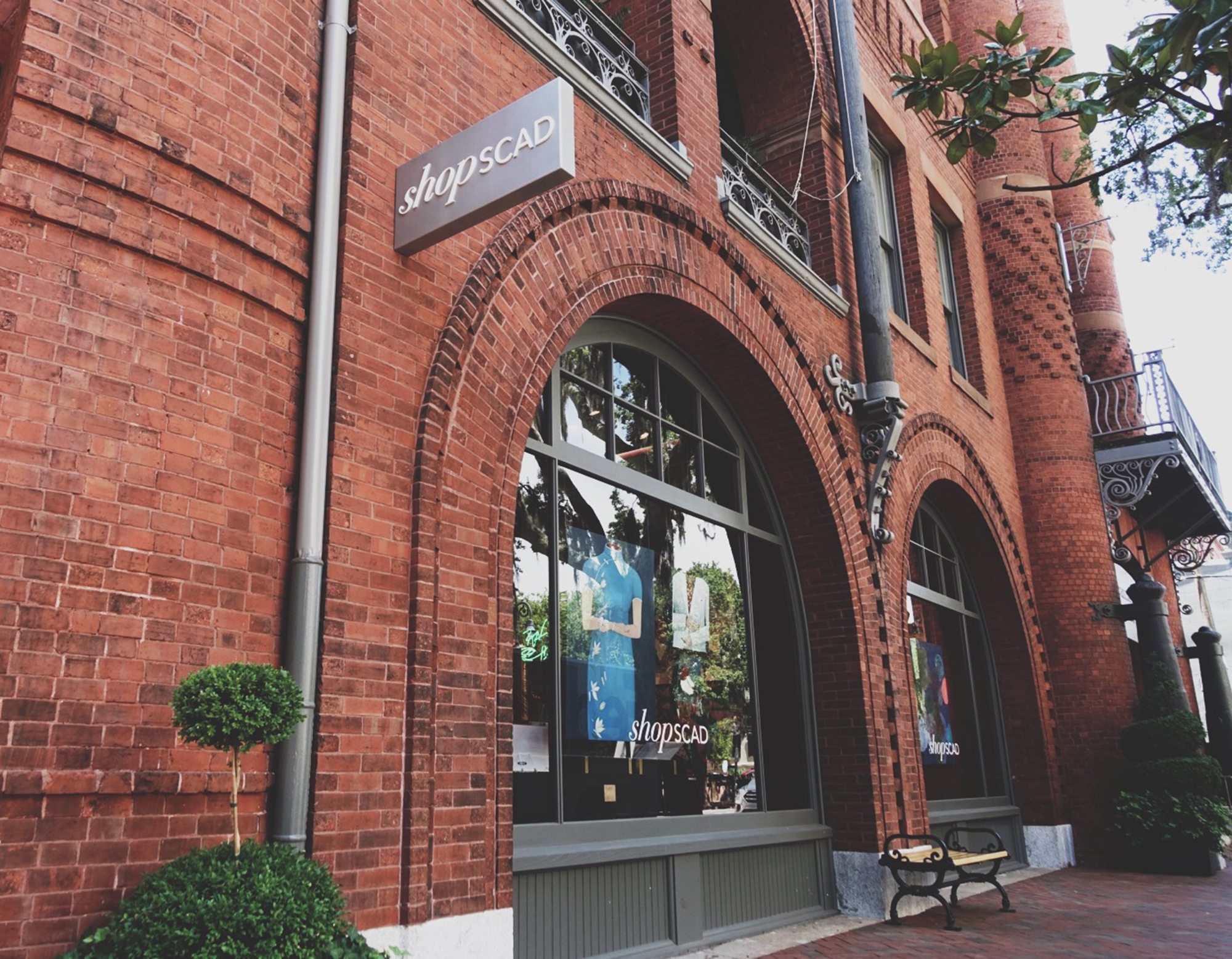savannah, days 3 & 4
It’s hotter than Hades here — so Marcus needed a new lid.
We took a little tour of the city — just to get our bearings, but mostly to take refuge of the heat — and the tour guy mentioned a few times that “Savannah is a drinking town with an eating problem.” He wasn’t lying — there are some really amazing restaurants in this little town. It seems it has been our unofficial mission to try every one of them.
The Grey Restaurant. We tried to get reservations before we arrived, and apparently you need to do so 3-4 weeks ahead of time. So instead, we dropped in for drinks on our first day — and I decided just to see if there was any chance they could get us in sometime during the week. There was, and Tuesday evening, we showed up for dinner. It was very good.
The Collins Quarter, a place that is a nod to a café centre in Melbourne, Australia. Marcus an I stopped in for breakfast one day. The food was decent, but the more striking thing was how beautiful the meals were.
Homemade chai latte at The Collins Quarter.
How pretty is this? Smashed peas, poached egg, halloumi, and beet hummus at The Collins Quarter.
One of the best things we’ve done so far is take a tour of the Owens-Thomas House and Slave Quarters. Normally, I would have skipped visiting this sort of tourist attraction, because I have no interest in spending an hour of my time learning about “the glamour of the antebellum south,” while the stories of the enslaved go completely ignored. But this was different: this museum is committed to sharing the entire story of the house. In fact, before the tour even begins, you’re greeted by a wall that features all the names of the enslaved people who created the wealth for the families who owned the house, including blank spaces for those whose names were never recovered. When I talked to the tour guide afterwards to thank him for not sugar-coating the stories around the house, he didn’t even hesitate: “Of course,” he said. “I mean, of the 22 or so people who lived in this house, only 5 of them were white. Ignoring the stories of the enslaved wouldn’t be honest or even a complete story of this home.”
A view of the main house from the slave quarters.
The view from the main house back toward the slave quarters. The gardens aren’t original to the house — they were added in the 1950s. Back during the time when the house was occupied by the slaveowners, this would’ve just been an empty dirt lot, with a well where the ivy-covered archway is, and a privy/outhouse somewhere for the enslaved people’s use.
The interior of the slave quarters. Two things to note: the staircase is a much later edition — like in the last few years. To go up to the sleeping quarters upstairs, the enslaved would have used a ladder. Also, see the blue ceiling? It was painted that colour using a combination of lime, indigo and buttermilk. It was a West African belief that the blue colour would protect the inhabitants from evil spirits stealing their souls as they slept. And speaking of inhabitants, approximately 14-16 enslaved people slept in these quarters, which I would estimate to be about 1000 square feet in total.
The second floor of the slave quarters. As charming as this looks, keep in mind that about 8 people were sleeping in the space (with 8 more sleeping in the space with the blue ceiling in the photo above). They slept in beds or more often, makeshift bedrolls on the floor. And given the heat of Savannah summers and no air conditioning in sight, I can’t imagine how unbearable this was.
A really informative tour — well worth the visit.
And finally, a few more images of the last few days here:
The Prohibition bar. I asked the bartender to surprise me with a drink that featured rum, and wasn’t too sweet, and he made me this Palmetto. It was delightful.
Whenever Marcus and I travel, we try to buy a piece of art that reminds us of our trip. In Savannah, it meant visiting the Savannah College of Art & Design store, featuring the work of current SCAD students, alumni and faculty and staff. We picked up a couple of small pieces that we can’t wait to hang.
One of the lovely iconic churches in town.
“We are each other’s harvest, we are each other’s business. We are each other’s magnitude and bond.” — poet Gwendolyn Brooks
More soon, friends.












